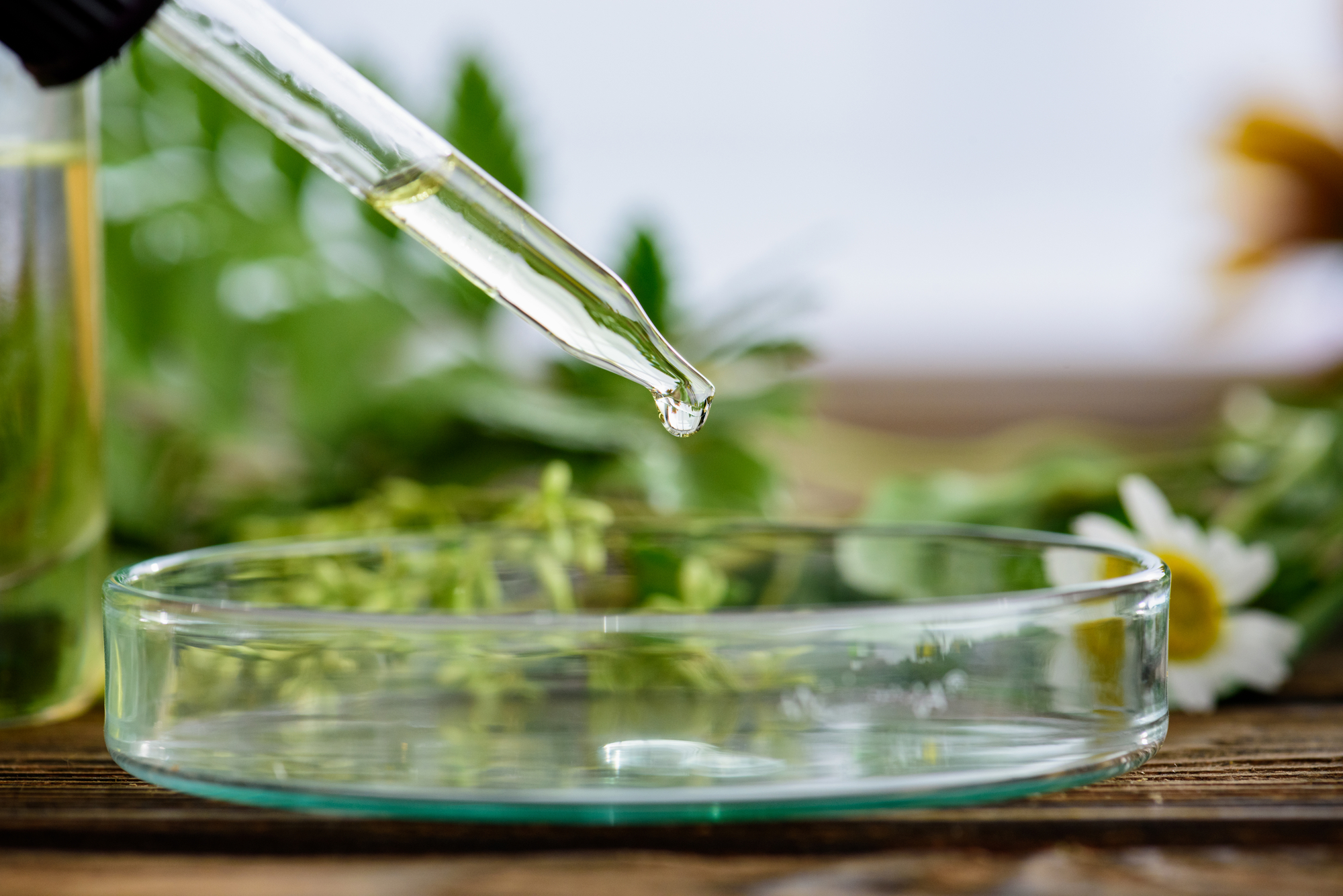Female and Male Reproductive System Diseases

 Premenstrual Syndrome
Premenstrual Syndrome
Premenstrual syndrome is a collection of symptoms that occur in the week or ten days before menstruation begins. For most women symptoms recede after a day or two of bleeding. Best known as PMT or premenstrual tension – or a Pitbull with lipstick on!), also includes breast tenderness, water retention, bloating, and menstrual pain. Some women also complain of changes to their digestive cycle and migraines which run in synch with their cycle. The skin often suffers from an odd spot or two appearing on the face, often with sugar cravings and the need for wine, LOL. What becomes the most difficult for some women is being able to manage changes in mood, irritability and a sudden urge to cry.
Cleary hormonal changes always come hand-in-hand with the appearance of symptoms, however, why that happens is still unclear. It becomes very difficult to find anyone PMS treatment to help every woman. Recent studies show that red meat and sugar throughout the cycle might make symptoms worse, as does stress. Like over the counter treatments that are available for pain, aromatherapy can help a great deal. Several essential oils would be beneficial in smoothing out emotions and hormones during this time.
Source: Medline Plus https://www.nlm.nih.gov/medlineplus/premenstrualsyndrome.html
Endometriosis
The lining of the uterus has a particular tissue that fills up with blood and then sloughs away. This shedding of the skin is in direct response to hormonal changes in the body. This is called the endometrium and for most women, this is how a normal period takes place. Women who suffer from endometriosis have this tissue in abnormal places. It flushes up the uterine tubes and travels to other places in the body. Many times it can be in the abdomen where it attaches to internal organs such as the bladder, but it is possible to reach such extreme places as the mouth.
So now consider what happens to these ladies as the estrogen levels rise. The uterine tissue plumps up filling with blood. As it engorges, it pulls away from the uterine and they experience pain. But then, it is not only in the uterus, is it? This pain and bleeding go on in every space where there is an island of the endometrium. It is a very painful and upsetting condition.
Pelvic inflammatory disease (PID)
Male and female anatomy has many differences but a fundamental one is men have no direct access to the abdomen. With the female anatomy, there is access through the reproductive organs. This means it is far easier for women to become infected in the pelvis than men (although that is not entirely unheard of). Bacteria travel up through the vagina, traverses the uterine tubes, and up into the uterus and into the abdominal cavity. Inflammation of the lining is what causes abdominal pain. PID can have many causes but the most likely is often sexually transmitted disease. Sadly, if the root cause is a gonorrheal infection, this can scar the fallopian tubes rendering the sufferer infertile.
Prolapsed Uterus
The uterus is located almost directly above the vagina. The cervix, the neck region of the uterus extends into the upper vagina. Ligaments hold the uterus in the proper position so that it does not prolapse or herniate into the vagina. Severe prolapse can cause the uterine cervix protruding from the vaginal opening. Surgical repair is typically required to restore the uterus to its proper anatomical position.
 Male Reproductive Dysfunction
Male Reproductive Dysfunction
A man’s sex organs produce and release semen containing sperm from his reproductive system into the reproductive system of a female during sexual intercourse. The male reproductive system also produces sex hormones, which is responsible for a boy developing into a man during puberty. When puberty starts, between the ages of 9 and 15, the pituitary gland secretes hormones that stimulate the testicles to produce testosterone. The production of testosterone brings about many physical changes.
There are several different conditions that can affect a man’s reproductive system. Conditions affecting the scrotum, testicles, or epididymis may be minor or serious.
Injury to the testicles can cause severe pain, bruising, or swelling. A testicular injury occurs when the testicles are stuck, hit, kicked, or crushed during an athletic event or physical activity. If a testicle is twisted or the blood supply has been cut off, medical attention may be required.
Epididymitis is an infection caused by the sexually transmitted disease, chlamydia, and results in swelling and pain in the testicles. A hydrocele is when fluid collects causing swelling in the membranes surrounding the testes. A hernia is when a portion of the intestines pushes through a weak abdominal wall into the groin or scrotum, called an inguinal hernia. Surgery may be required to correct this condition.
Penile inflammation is when the penis becomes inflamed, swollen, and painful. Balanitis is when the head of the penis becomes inflamed. Posthitis is when the foreskin experiences inflammation, which is typically caused by yeast or bacterial infection.
Erectile Dysfunction
 For older males, erectile dysfunction (ED) is a common sexual dysfunction affecting males. This occurs when a man is unable to get or keep an erection. Even though it affects older men, it is not a natural part of aging. It may be caused by nerve damage from diabetes or due to clogged blood vessels. For many men, premature ejaculation is a problem. A doctor visit may be required to determine the cause.
For older males, erectile dysfunction (ED) is a common sexual dysfunction affecting males. This occurs when a man is unable to get or keep an erection. Even though it affects older men, it is not a natural part of aging. It may be caused by nerve damage from diabetes or due to clogged blood vessels. For many men, premature ejaculation is a problem. A doctor visit may be required to determine the cause.
Sexual dysfunction for males can fall into the category of either a genito-urinary problem or an endocrine issue. For many, the line is very blurred because we don’t really understand why sexual function vacillates so much. Oftentimes, we find these issues caused by an actual physical problem, with some requiring prescribed medication to manage it.
Alcoholism and other forms of substance abuse, sleep disorders and depression might also have a bearing. There is a suspicion that chronic exhaustion might be behind sexual dysfunction, in particular impotence. We do know there is a direct link with hormones secreted by the pituitary gland, namely testosterone but in much smaller quantities in men estrogen and progesterone too. For many men, they stop secreting sex hormones because the pituitary has been lending so much power to the adrenals and now has become exhausted due to long term stress.
Hydrocele
As mentioned earlier, this is a fluid-filled sac that surrounds the testis. It will normally be noticed manifesting itself as a swelling on the side of the scrotum. Sometimes it might cause discomfort, but mostly they are painless. A hydrocele requires a visit to the doctors to properly diagnose and rule out testicular cancer.
Varicocele
When the veins of the testes become twisted and dilated, you can imagine a “hemorrhoids” of the scrotum! They manifest as swellings on the side of the scrotum which may look and feel like a “bag of worms.” A varicocele constricts blood flow and raises the testicular temperature. This can be problematic because it can cause reduced sperm count and male sterility.
Cryptorchidism
This is literally “hidden testicle,” a condition where either or neither of the testicles have descended into the scrotum. If not corrected, usually by surgery, before puberty, this can lead to sterility and increased risk of testicular cancer.
Benign Prostatic hypertrophy (BPH)
This is the old man’s nightmare. The prostate gland which surrounds the base of the bladder becomes enlarged so urine cannot easily pass through. Urination becomes difficult but also post micturition dribbles and nocturia (lots of wake ups to pay a visit).
Prostate problems become more and more problematic as men age, so early detection is crucial. Surgery is available to correct this condition which involves inserting an instrument through the urethra to cut away apart of the prostate and opening up the pathway for painful urination again.
The video in this lesson was obtained from http://youtube.com and may be copyrighted material of which has not always been specifically authorized by the copyright owner. We are making such material available in an effort to advance the understanding of essential oils which we believe will enhance your studies and in doing so believe this constitutes a ‘fair use’ of any such copyrighted material as provided for in section 107 of the US Copyright Law.


You must be logged in to post a comment.